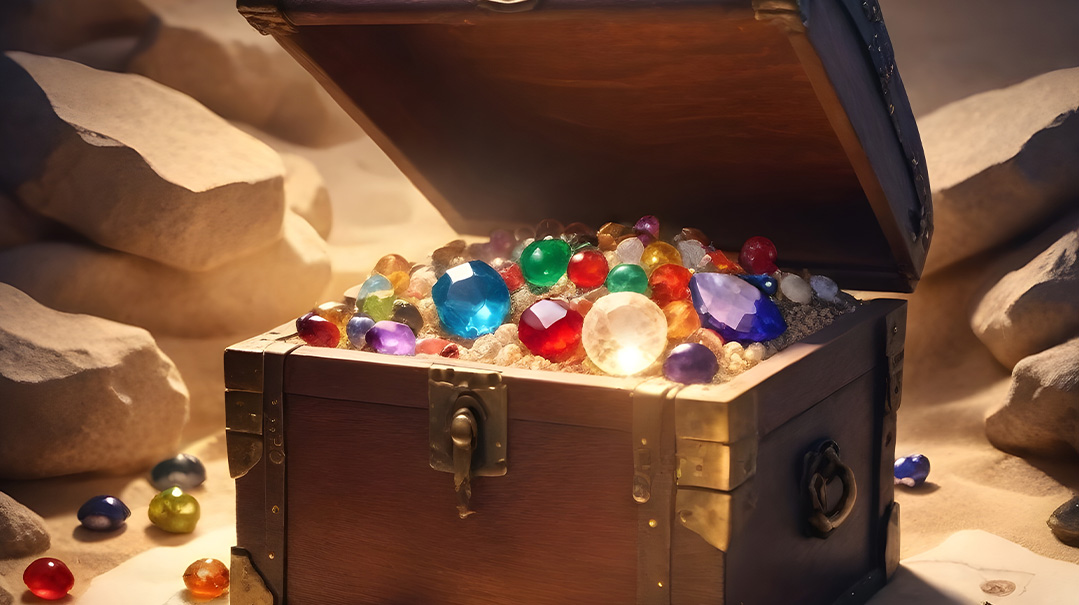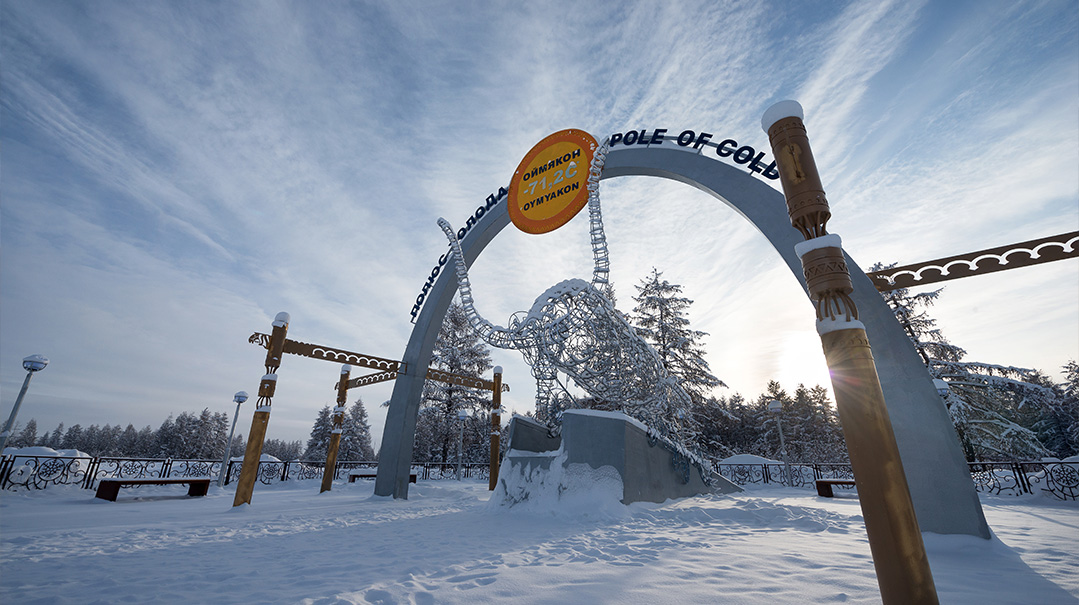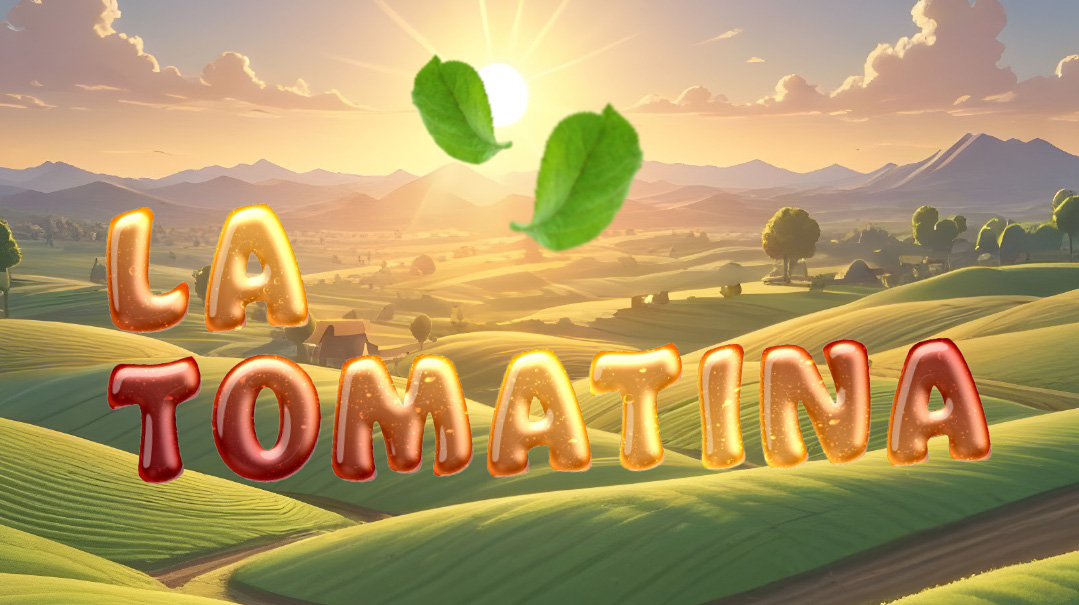Treasure Seekers

An ancient map, a modern treasure hunt, a current mystery

X marks the spot! At least it does in all the good swashbuckling pirate stories and high-action comics. It also does on a real-life treasure map unearthed in the Netherlands last year.
High Action!
Back in 1944, during World War II, the Allies (the good guys) tried to cross from the Netherlands into Germany. During the attempt, they bombed a Dutch bank. The bank’s safe blew open, scattering diamonds and other gems, as well as watches, jewelry, and gold coins on the street. (Talk about high action!)
Four German soldiers who witnessed the golden “windfall” ran around gathering whatever they could. As the Allies neared the city some months later, the Germans feared for their loot. They decided to bury it and come back to retrieve it after the war.
They filled four zinc ammo boxes (each about the size of a shoebox) with valuables and hid them beneath the roots of a poplar tree on one of Ommeren’s country roads. One of the men drew a map to their loot and marked the spot with an X.
The German soldiers were forced to retreat with the rest of the German Army. They’d hidden their booty just in time. It remained behind… but not forgotten.
An Unlikely Discovery
Welcome to the picturesque Dutch village of Ommeren, population 700, located to the south of Amsterdam. If you had visited just over a year ago, in January 2023, you’d have discovered lots of freshly dug holes and seen people wielding metal detectors.
Just over a year ago, the Dutch National Archives released a bunch of documents that had previously been classified. (Classified means they contain information that had to be kept safe and/or secret.) Among these newly released docs was a map — not just any map, but a treasure map!
The map (hand-drawn, of course) was said to lead to loot that German soldiers hid at the end of World War II. And the spot where they buried the treasure was marked with an X. (In red ink, no less!)
Can’t Keep a Secret
Back home in Berlin, Helmut S., one of the four, began talking about his buried treasure. (The Dutch National Archive didn’t reveal his last name in case he might still be alive, though he was born in 1925.) All his blabbing eventually came to the attention of the Beheersinstitut (a Dutch organization that managed the belongings of those who disappeared during the war).
Based on what Helmut told them, the organization valued their treasures at a cool $20 million in today’s money. That’s a lotta loot.
The Beheersintitut thought so, too.
Between 1946 and 1947, the institute searched on three separate occasions for the buried treasure — to no avail. They even brought Helmut to look for it, but he, too, was unsuccessful.
The case was closed, and the map filed away. It was kept classified to protect the valuables’ true owners. And that was it… until last year.
Fortune Seekers
When the map was released, the public soon found out about potential treasure. Fortune hunters descended on Ommeren, hoping to be the lucky finders. After all, who could ignore the lure?!
Hundreds of fortune seekers came to the town with copies of the map, metal detectors and shovels in hand. Digging here, there, and everywhere, each hoped to strike the right spot and discover those jewel-filled boxes. The public interest in the map and the number of people who showed up to search completely shocked the townspeople.
Unfortunately, the ground was not marked with a bright red X — or any X. At one point, the sidewalks and hedges were littered with tons of random bits of metal (like pull tabs from soft drinks and other garbage), because numerous metal detectorists were digging up anything that beeped. There were so many holes in the ground (including on local residents’ private property!) that the town’s mayor came out and begged the treasure seekers to just. stop. and. give. up. already.
He not only disapproved of random people digging up the town for hidden treasure, but he was also genuinely worried….
An Explosive Issue
In many parts of Europe, unexploded ordnance (a term for weapons and other military supplies) remains buried, leftover from the World Wars. What would happen if a treasure hunter dug up an unexploded grenade or missile and things went very wrong? What if they came upon a landmine? It could not only endanger the lives of the treasure hunters but also of others in the area, as well as damage buildings.
Metal detectors are actually banned in this region because it was a former front line in the war. But that didn’t stop the fortune hunters.
Eventually, the mayor got people to give up their digging… or the treasure hunters grew weary. Either way, the treasure was never discovered. It remains unfound today.
Where’s the Missing Treasure?
If people dug and dug and followed the map, both in 2023 and back in the 1940s, why wasn’t the treasure found? Here are the theories:
Helmut didn’t remember the details correctly. In the fog of war, he may have become confused about the treasure’s exact location.
The treasure was already discovered. Maybe there were eyewitnesses to the German soldiers burying it, and they immediately dug it up. Perhaps Allied soldiers saw the freshly dug earth, checked it out, and discovered a surprise. If that happened, the finder didn’t tell anyone!
One of Helmut’s “partners” in the buried treasure story went back and retrieved the loot after the war and didn’t tell anyone. (Two of the original participants were killed at the end of the war, but the third disappeared without a trace, never to be heard from again….)
Could it be that the treasure never even existed and the whole story was made up?! Helmut may have concocted it to win points with the Allies by telling them about a treasure and even creating the map….
An employee from the Dutch institute (which searched for the treasure in the 1940s) used his insider information to go look for — and find — the treasure himself.
It’s still out there somewhere, waiting to be discovered.
Many of the Dutch villagers think the treasure is nothing more than a fairy tale. What do you think?
(Originally featured in Treeo, Issue 1001)
Oops! We could not locate your form.







